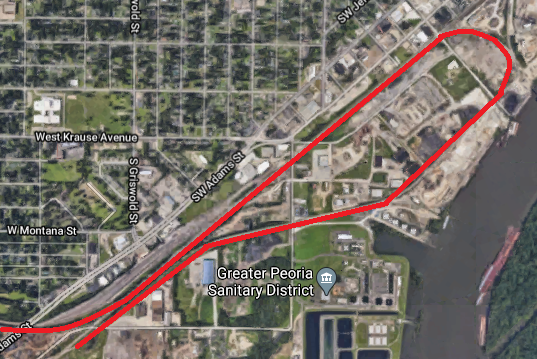 |
| Don Wetmore posted Union Pacific Omaha, Nebraska Shops on April 29, 1986. Photo by Don Wetmore Don Wetmore: Most of the work transferred out of there around 1988. The business cars were still maintained there until the late 90s when that operation was moved to Council Bluffs. Brian Hume: Who else spotted the steam engine? [About a fourth of the way up in the middle to the left of the turntable.] Don Wetmore: Brian Hume Big Boy 4023, now overlooking I-80 at Kenefick Park Don Wetmore shared |
 |
| Edwin Nygaard commented on Don's post Here's a shot taken from the bridge, late Sept 1973 |
 |
| Dennis DeBruler commented on Don's share That was a challenge to find. The photo is consistent with this topo map. 1985 Omaha Quadrangle @ 1:24,000 |
 |
| Dennis DeBruler commented on Don's share That area has changed as much as the South Loop of Chicago. |
 |
| American-Rails.com posted Another view of Union Pacific's former shops in Omaha, Nebraska; June, 1981. American-Rails.com collection. |




































%20Chicago%20Area%20Railroad%20Historians%20_%20The%20GM&O's%20all-stop%20local%20from%20Chicago%20.png)













